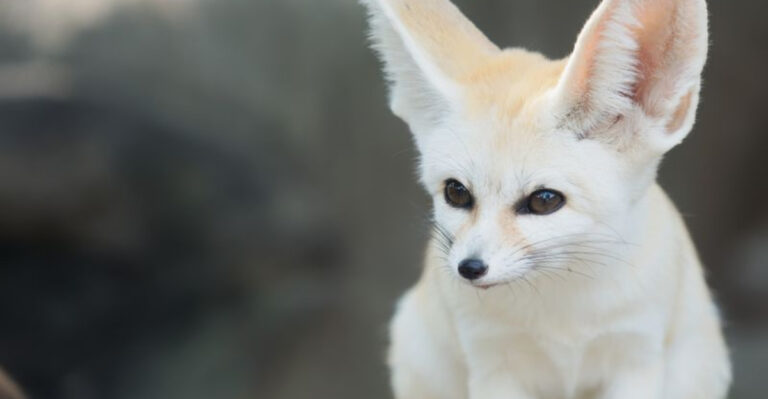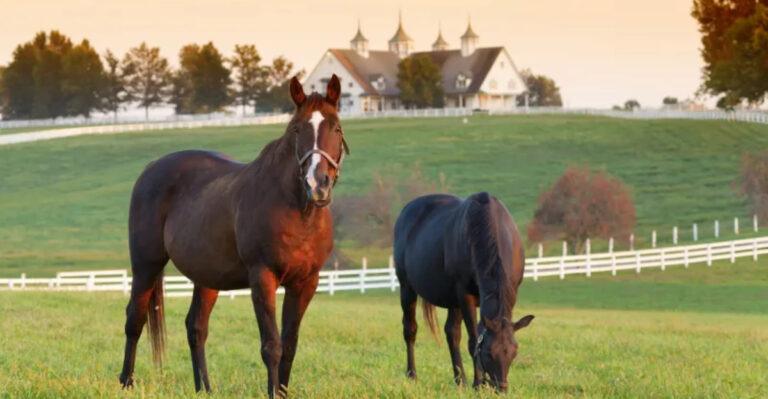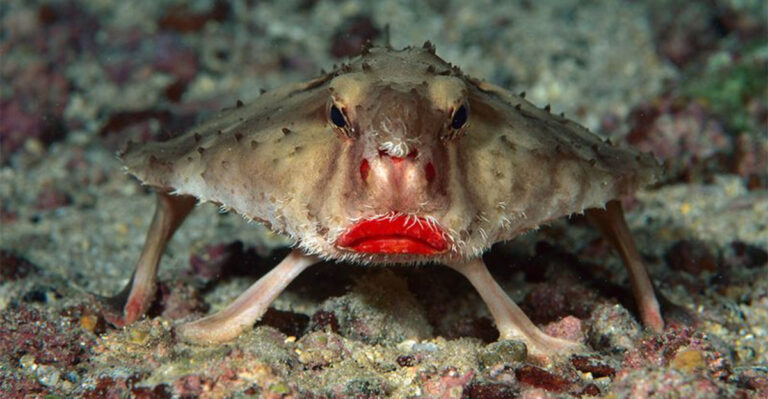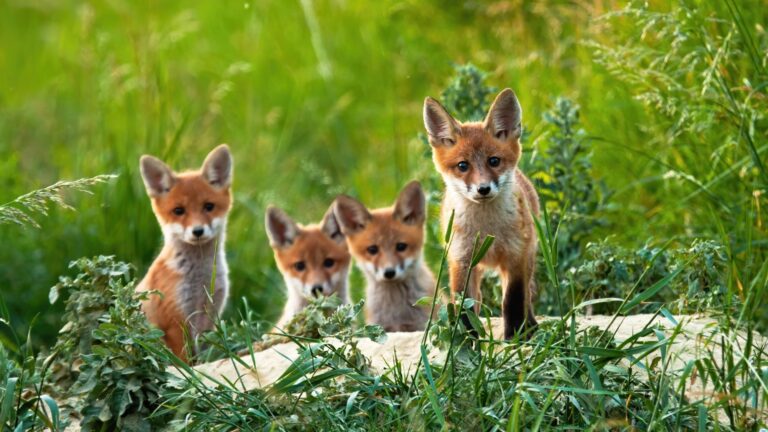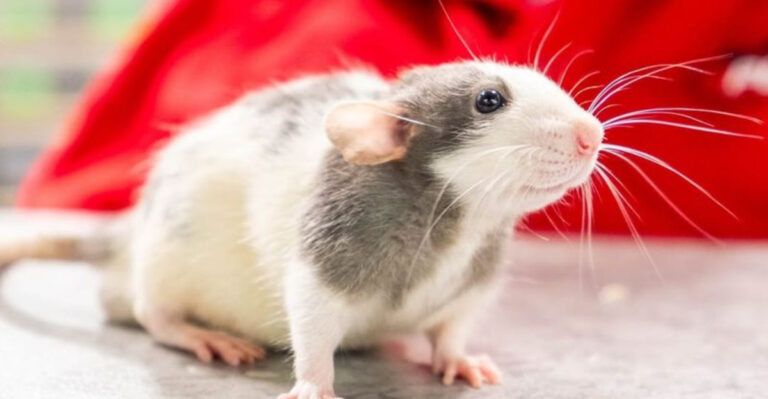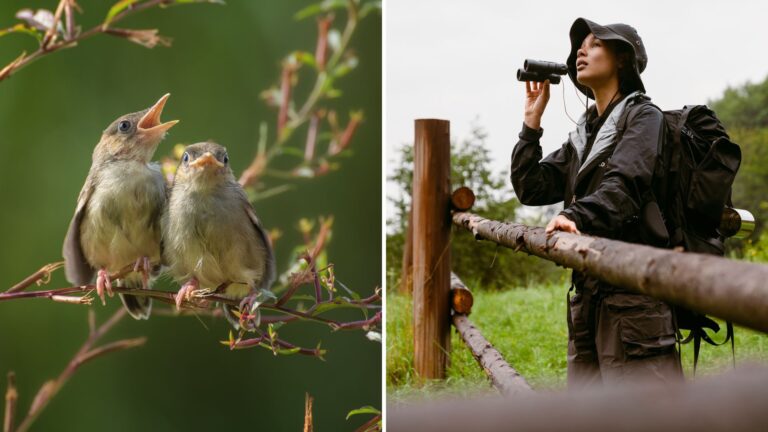Incredible Animals You Have A Chance To See In The Grand Canyon
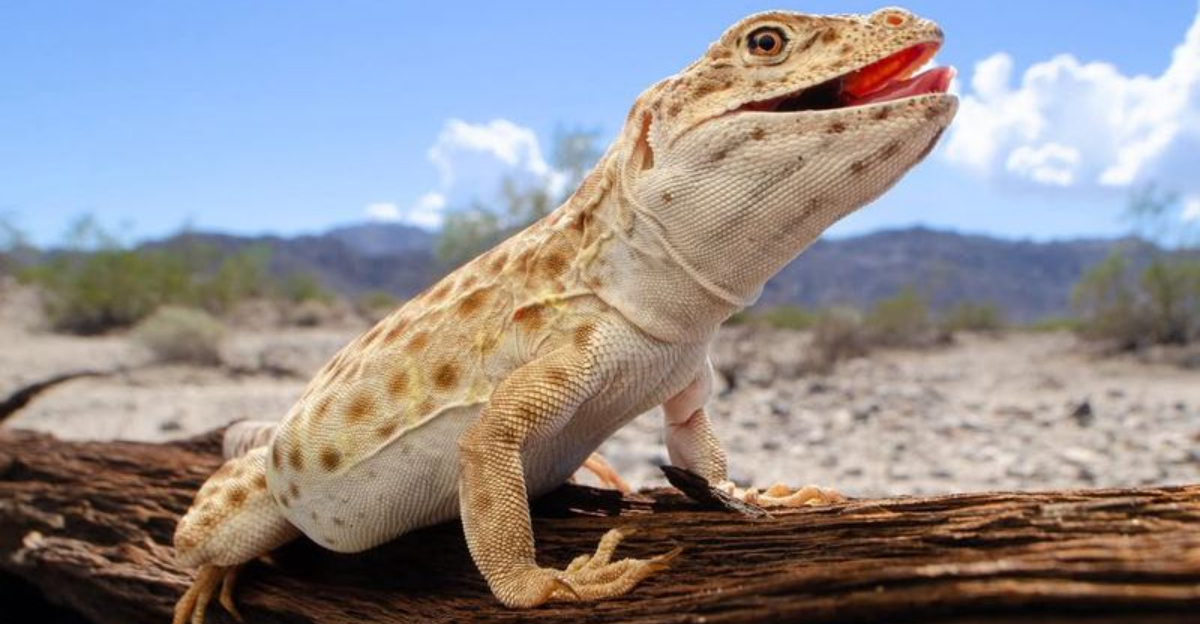
The Grand Canyon isn’t just a spectacle of natural rock formations and breathtaking vistas; it’s a thriving ecosystem teeming with a plethora of fascinating wildlife.
Below the rim and along the rugged trails, you can easily spot a diverse array of animals, each adding its own brushstroke to this masterpiece of nature.
Get ready to meet some incredible creatures that make this natural wonder their home. From the skies above to the river below, the Grand Canyon’s wildlife is as majestic and varied as the canyon itself.
1. California Condor
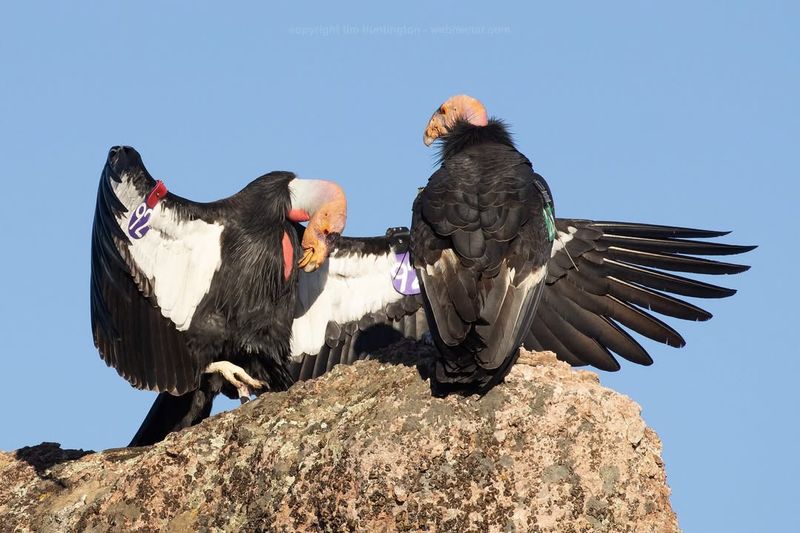
The California Condor, with its impressive wingspan of nearly 10 feet, is a true giant of the skies. Spotting one of these magnificent birds soaring over the Grand Canyon is an unforgettable experience. Once on the brink of extinction, these majestic scavengers have made a remarkable comeback.
Condors are often seen gliding effortlessly on thermal currents, scanning the terrain for carrion. Their bald heads, an adaptation to their carrion-eating lifestyle, are a distinctive feature. They play a crucial role in the ecosystem by cleaning up dead animals, preventing disease spread.
If you’re lucky, you might witness these incredible birds in action from the South Rim or along the Bright Angel Trail. Always remember to keep a respectful distance, as these condors are still part of a sensitive recovery program.
2. Desert Bighorn Sheep
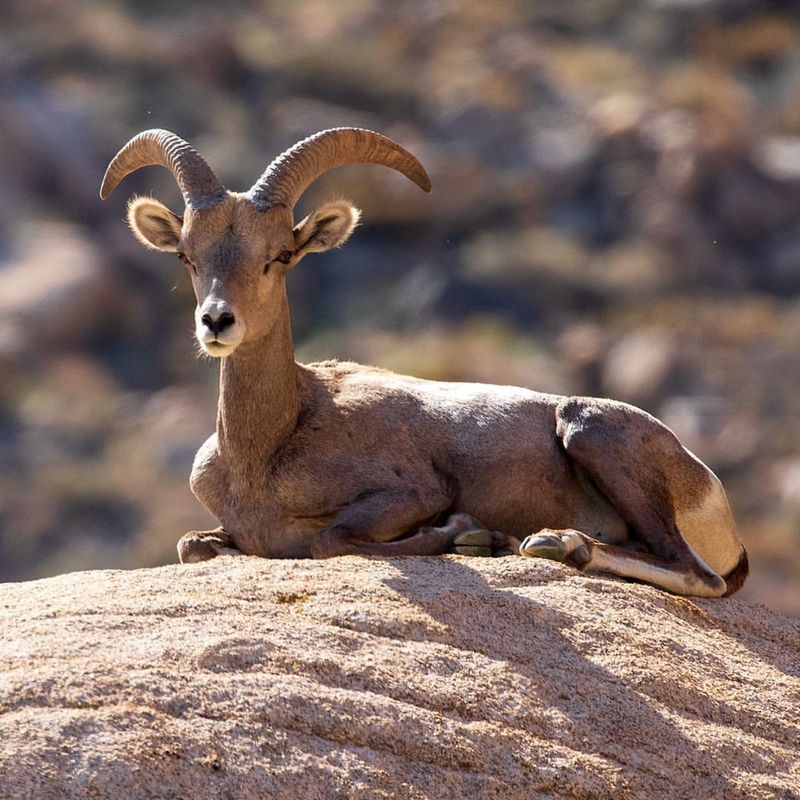
Desert Bighorn Sheep are icons of the Grand Canyon’s rugged landscape. With their impressive curved horns, they are both a symbol of strength and agility. These sheep have evolved to navigate the steep and rocky terrain effortlessly, leaping across gaps with grace.
Often found in the early morning or late afternoon, these creatures seek out cliffs and ledges where they can rest and dodge predators. Their keen eyesight helps them detect danger from afar, making them elusive to spot.
The mating season, known as the rut, is a spectacular time to observe these animals as males clash horns in dramatic battles for dominance. For visitors, catching a glimpse of these majestic creatures against the canyon’s backdrop is a highlight of any trip.
3. Elk
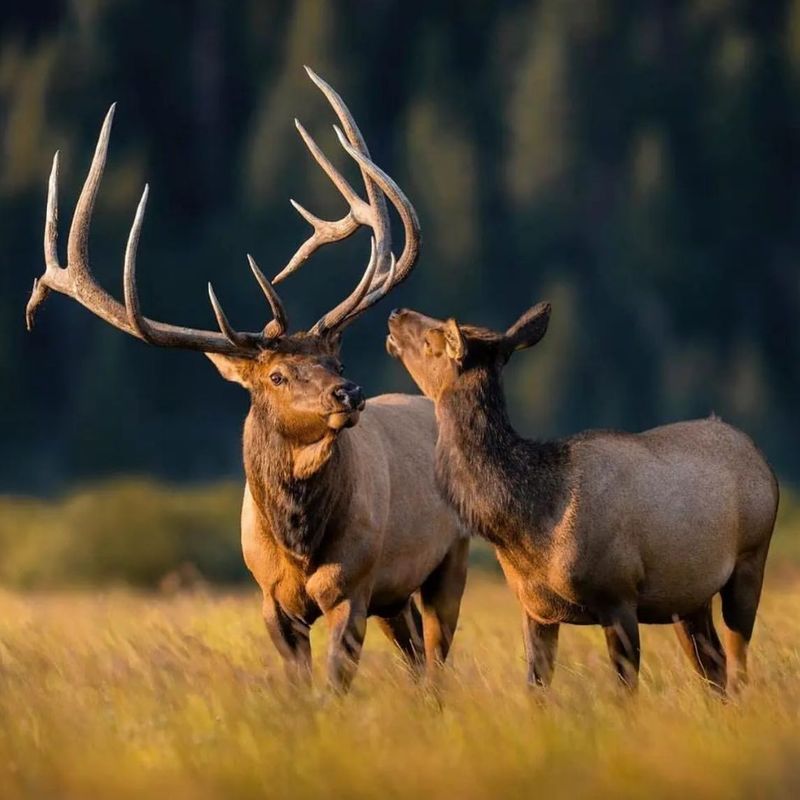
The Elk, one of the largest land mammals in North America, can occasionally be spotted near the North Rim of the Grand Canyon. These graceful giants are often seen grazing in meadows or among the ponderosa pines.
During the fall, the eerie bugle call of a bull elk echoes through the forest during the rut. This haunting sound is a call to females and a challenge to rival males.
Elk have a distinctive appearance with their large antlers and shaggy necks, particularly the males during the rutting season. Their presence is a reminder of the diverse habitats within the Grand Canyon region, from high forests to open grasslands.
4. Mountain Lion
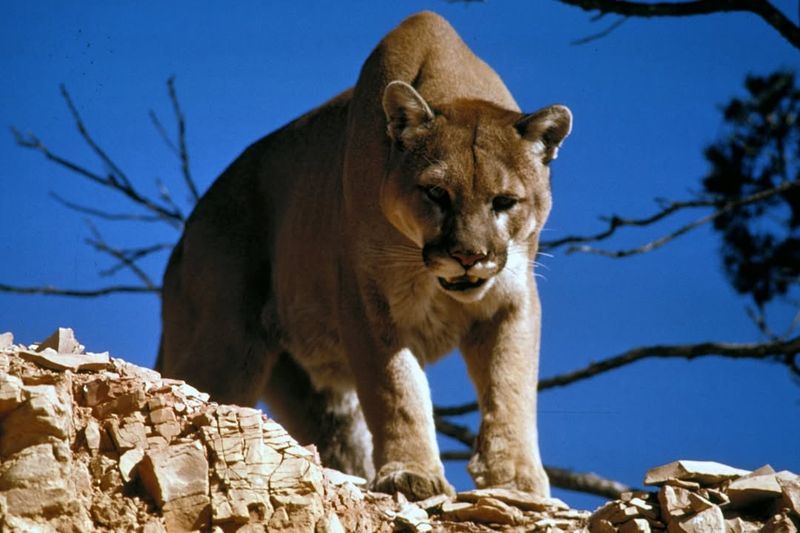
The elusive Mountain Lion, also known as the cougar or puma, prowls the hidden trails of the Grand Canyon with stealth and grace. As apex predators, these cats play a crucial role in maintaining the balance of the ecosystem.
Mountain Lions are rarely seen by visitors due to their nocturnal and solitary nature. They are masters of camouflage, blending seamlessly into the canyon’s rocky landscape.
If you’re exploring the remote areas, you might find signs of their presence—tracks or scratch marks on trees. While encounters are rare, knowing that these magnificent creatures roam the canyon adds an element of mystery and excitement to any adventure.
5. Coyote
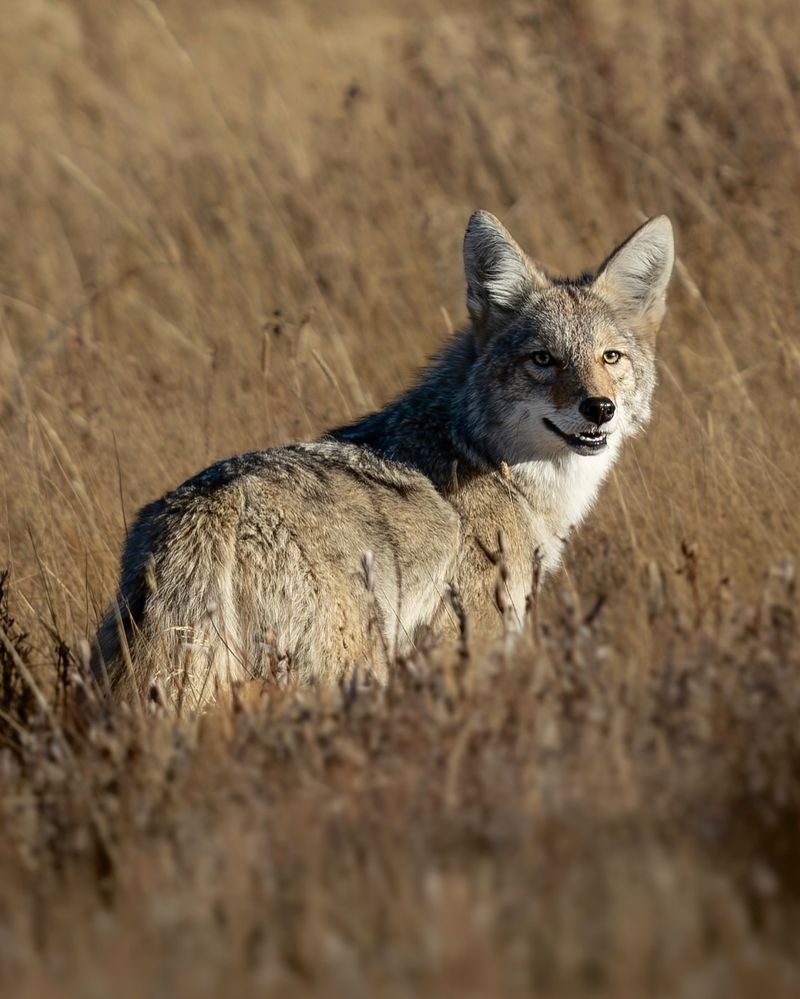
Coyotes are among the most adaptable animals in North America, and the Grand Canyon is no exception. These clever canines are often seen trotting along trails or heard howling at sunset, a sound that echoes eerily through the canyon.
Despite their reputation as cunning tricksters, coyotes play an important role in the ecosystem by controlling small mammal populations. They are highly social animals, often seen in pairs or small family groups.
Remember to admire them from a distance and respect their natural behaviors, as they are wild animals thriving in a wild place.
6. Rock Squirrel
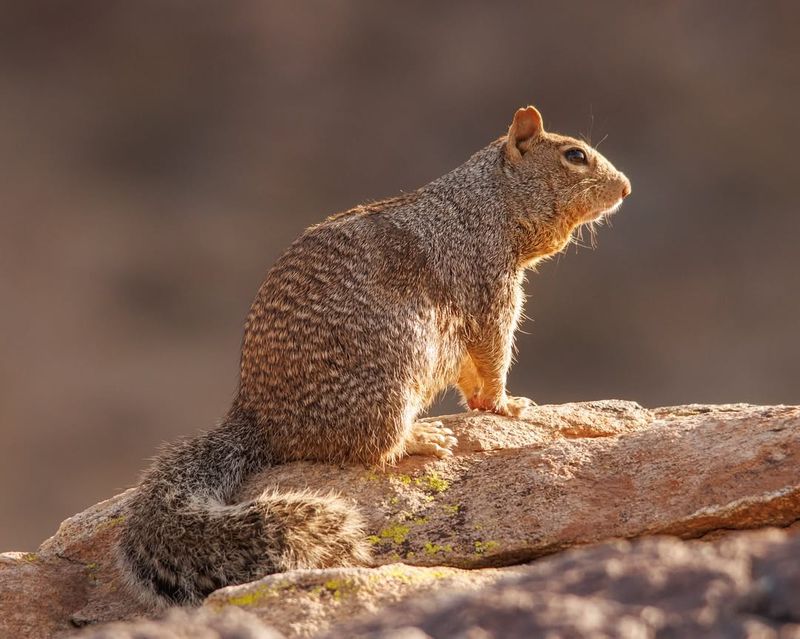
The Rock Squirrel is a common sight along the Grand Canyon’s rim, often entertaining visitors with their curious and bold behavior. These ground squirrels are perfectly adapted to life in the canyon’s rocky terrain.
Rock Squirrels are known for their bushy tails and mottled gray-brown fur, providing excellent camouflage among the rocks. They are active during the day, foraging for seeds, nuts, and fruits.
While they may seem friendly, feeding these squirrels is discouraged as it disrupts their natural foraging habits. Observing a Rock Squirrel scampering across the rocks or basking in the sun is a delightful reminder of the canyon’s lively fauna.
7. Western Rattlesnake
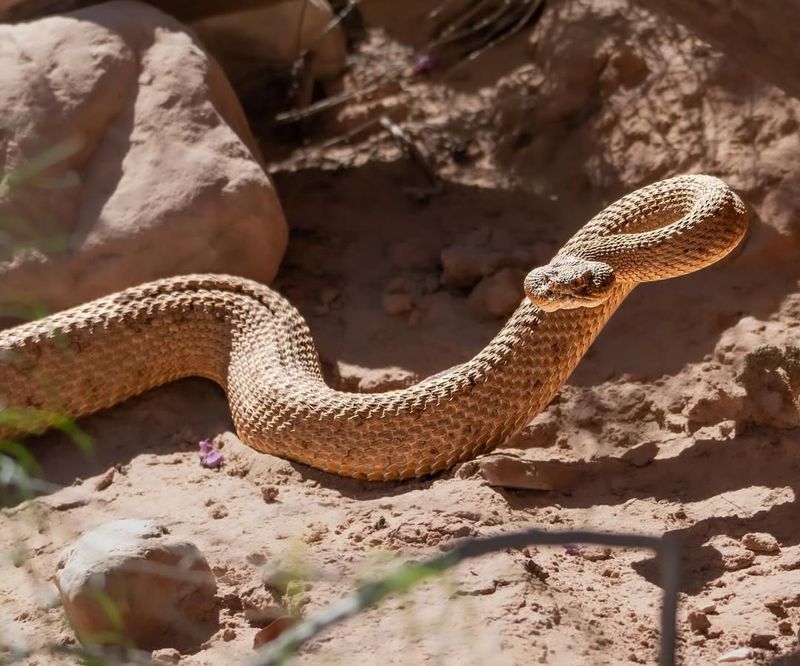
The Western Rattlesnake, a symbol of the American Southwest, is one of the Grand Canyon’s more formidable residents. Recognizable by their distinctive rattle, these snakes are vital to controlling pest populations.
Encounters with rattlesnakes are rare, as they prefer to stay hidden under rocks or in crevices. However, their presence warns of the need for caution when hiking. Their patterned scales help them blend into the rocky environment.
Respect and distance are key when observing these snakes. Their rattle serves as a warning of their presence, and it’s best to admire their role in the ecosystem from afar.
8. Harris’s Hawk
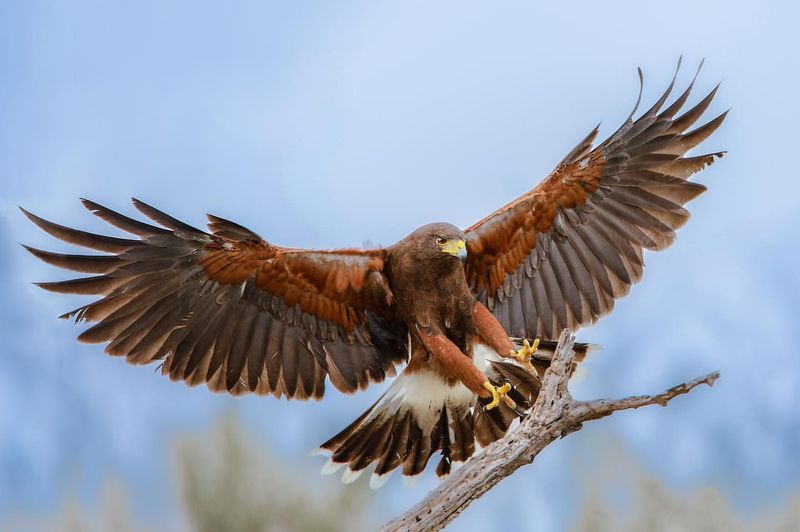
Harris’s Hawks are a unique sight in the Grand Canyon, known for their cooperative hunting techniques. These birds of prey hunt in groups, a rarity among raptors, making them a fascinating subject for birdwatchers.
With their striking plumage and keen eyesight, Harris’s Hawks can be seen soaring above the canyon’s rim or perched on branches, surveying their domain. Their social structure and teamwork set them apart from other raptors.
9. Mule Deer
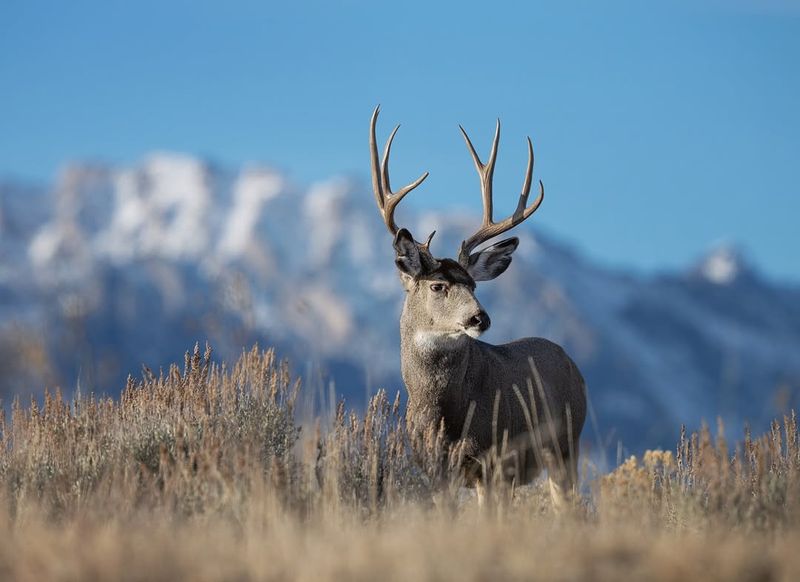
Mule Deer are a common and beloved sight for visitors to the Grand Canyon. Named for their large, mule-like ears, these deer are often seen grazing in meadows or forested areas.
They are particularly active during the early morning and late afternoon, offering photographers perfect opportunities to capture their graceful movements. Mule Deer are also known for their bounding gait, which is a joy to watch.
10. Black Bear
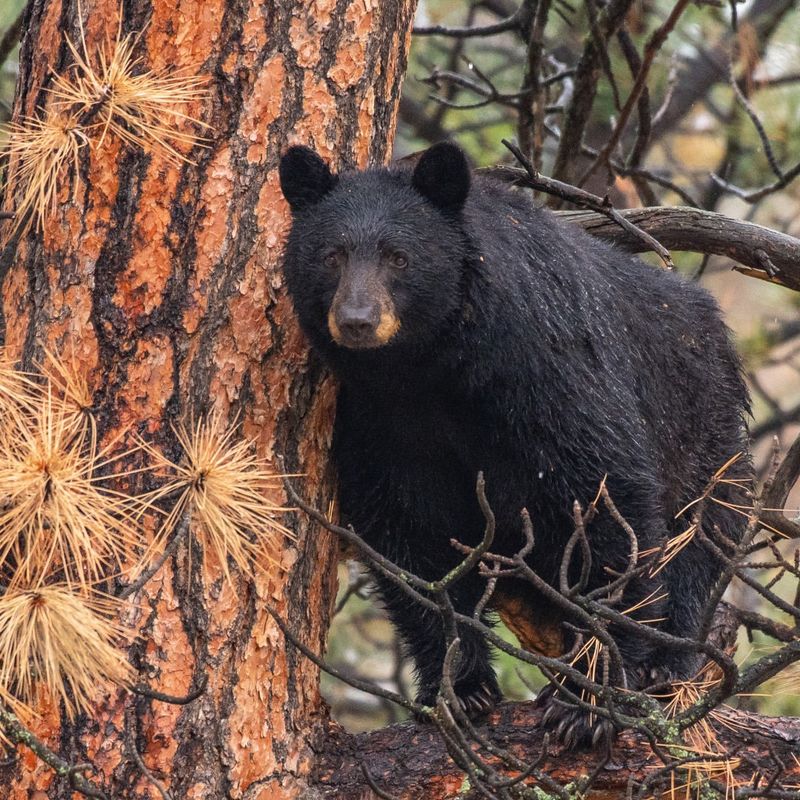
The Black Bear, although less commonly seen, is one of the Grand Canyon’s large mammals. These bears, with their black or brown coats, roam the forests around the canyon in search of food.
They are primarily nocturnal, making them elusive to daytime visitors. Black Bears are omnivores, feeding on a diet of berries, insects, and small mammals.
If you do spot a Black Bear, it’s important to keep a safe distance and never approach. Their presence is a vital part of the ecosystem, and seeing one is a rare treat for those exploring the Grand Canyon’s wilder areas.
11. Turkey Vulture
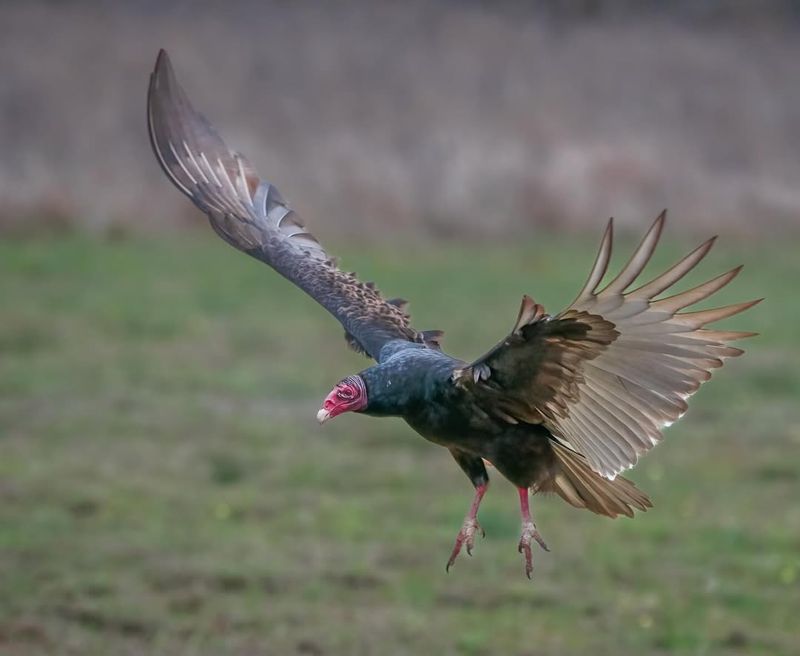
Turkey Vultures, with their distinctive red heads and broad wings, are a familiar sight soaring above the Grand Canyon. These scavengers play a crucial role in cleaning up the environment by consuming dead animals.
They are often seen circling high overhead, riding thermal currents as they search for food. Their keen sense of smell allows them to detect carrion from great distances.
Watching a Turkey Vulture in flight, with its effortless gliding, is a reminder of the delicate balance of nature. These birds, often misunderstood, are vital to the ecosystem and fascinating to observe.
12. Northern Arizona Red Squirrel
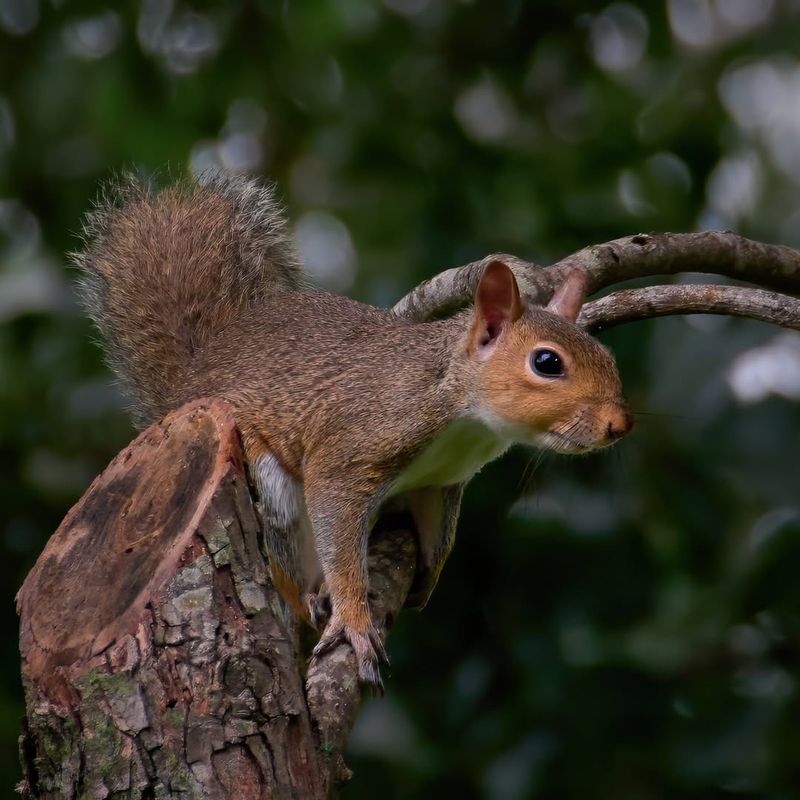
The Northern Arizona Red Squirrel is a lively and energetic resident of the forests near the Grand Canyon. With its vibrant red fur and bushy tail, it’s a delight to spot among the trees.
These squirrels are busy foragers, gathering pine cones and seeds to store for the winter months. Their lively antics and chatter make them a joy to watch in their natural habitat.
Though small in size, the Northern Arizona Red Squirrel plays a significant role in the forest ecosystem by aiding in seed dispersal. Their presence adds a splash of color and activity to the tranquil forest environment.
13. Gray Fox
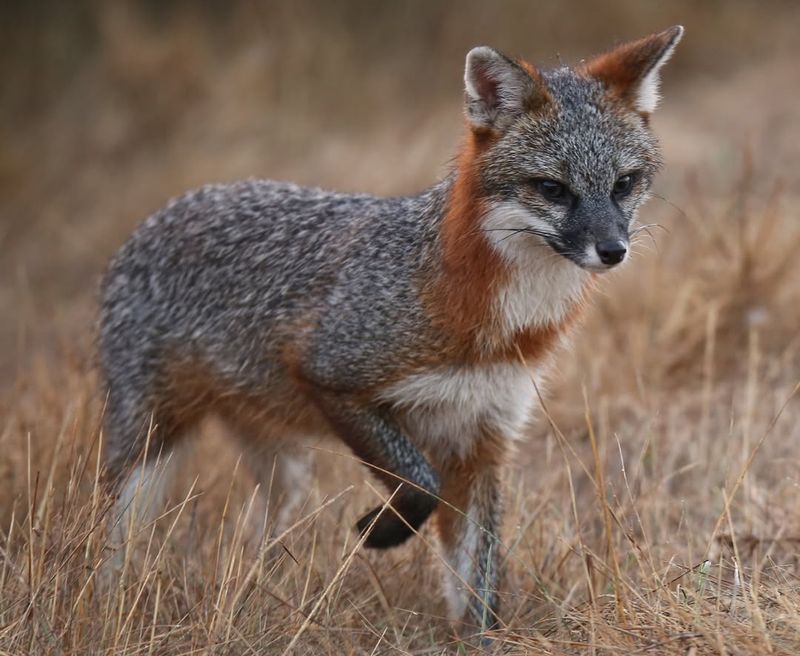
The Gray Fox, with its striking silver-gray fur and bushy tail, is a master of stealth in the Grand Canyon’s diverse landscapes. Unlike other canids, Gray Foxes have the unique ability to climb trees, a trait that aids in evasion and hunting.
These nocturnal creatures are often heard more than seen, their barks and calls echoing through the night. By day, they rest in dens or hollow trees.
Spotting a Gray Fox is a special experience, offering a glimpse into the secretive lives of these adaptable predators. Their presence enriches the canyon’s rich tapestry of wildlife.
14. Bald Eagle
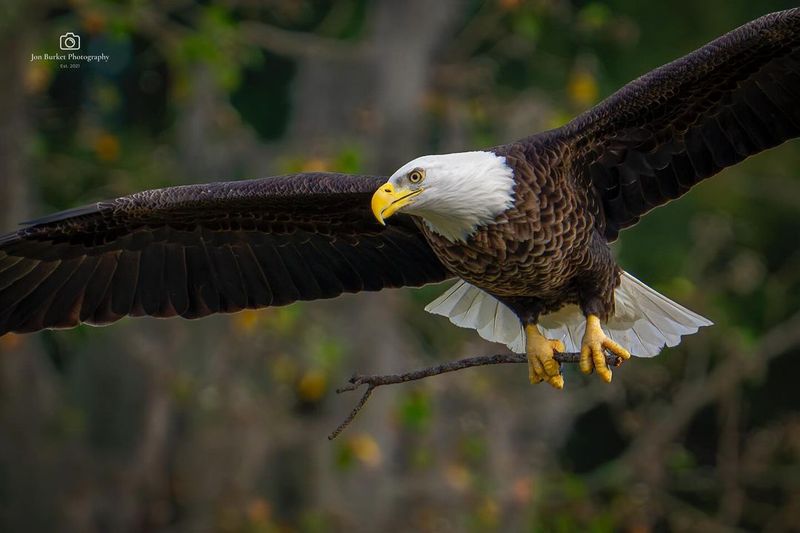
The Bald Eagle, America’s national symbol, can occasionally be seen soaring above the Grand Canyon, adding a touch of grandeur to the already majestic landscape. With their distinctive white heads and tails, they are difficult to miss.
These powerful birds of prey are often spotted near water, where they hunt for fish. Their impressive wingspan and commanding presence make them a sight to behold against the backdrop of the canyon.
Spotting a Bald Eagle is a moment of awe and inspiration, reminding us of the wild beauty and freedom that the Grand Canyon embodies. These eagles are a symbol of conservation success and the resilience of nature.
15. Western Bluebird
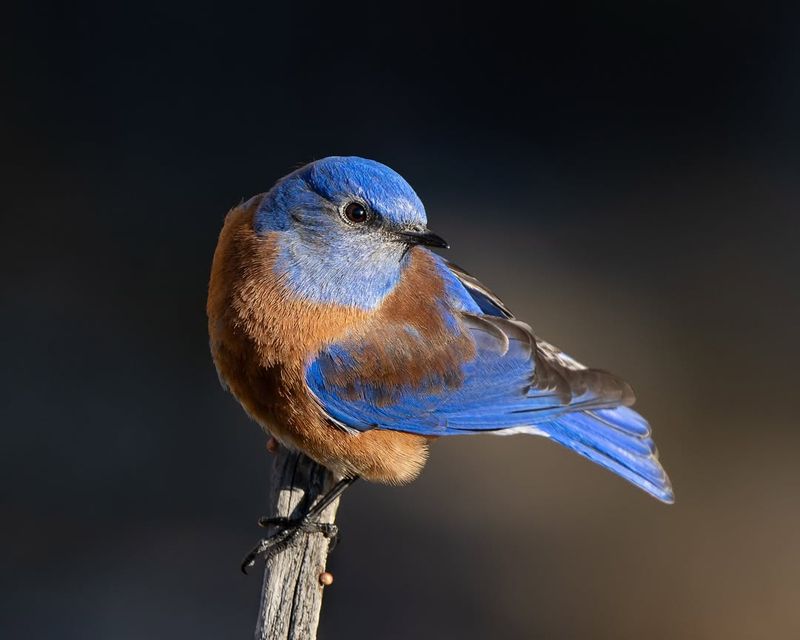
The Western Bluebird, with its brilliant blue and rust-colored plumage, adds a splash of color to the Grand Canyon’s varied landscapes. These small songbirds are often seen flitting among trees and shrubs.
Western Bluebirds are social creatures, often found in pairs or small flocks. Their cheerful songs fill the air, adding to the natural symphony of the canyon.
Observing a Western Bluebird in its natural habitat is a delightful experience, offering a moment of connection with the vibrant life that thrives in this stunning wilderness.
16. Abert’s Squirrel
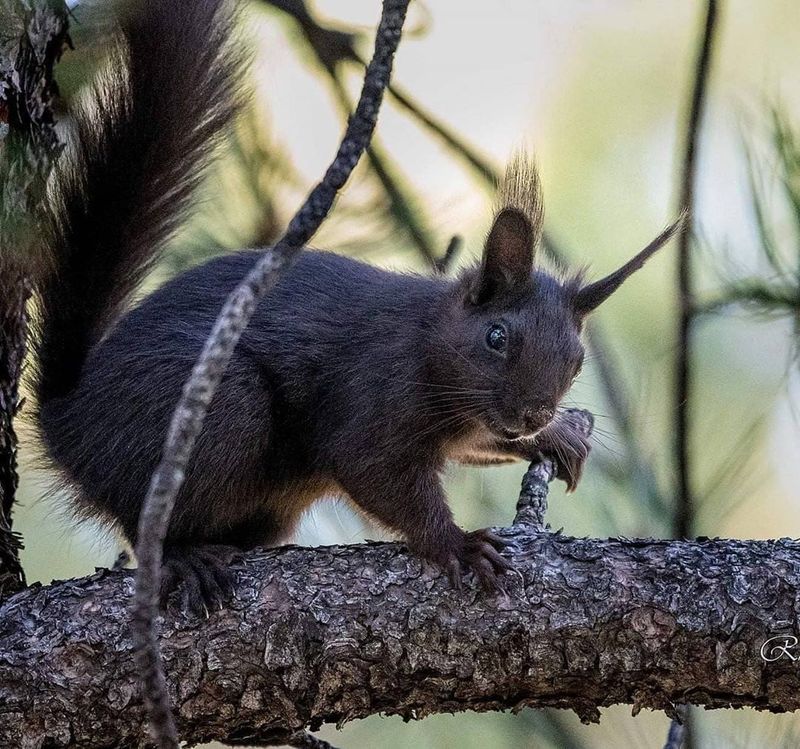
Abert’s Squirrel is a charming resident of the ponderosa pine forests surrounding the Grand Canyon. These squirrels are easily identified by their tufted ears and striking coloration.
They are highly adapted to life in the forest, spending much of their time in the trees, where they feed on pine cones, buds, and bark. Observing one of these agile creatures is a delight, as they leap gracefully from branch to branch.
Abert’s Squirrel plays a crucial role in the ecosystem by aiding in seed dispersal.
17. Black-tailed Jackrabbit
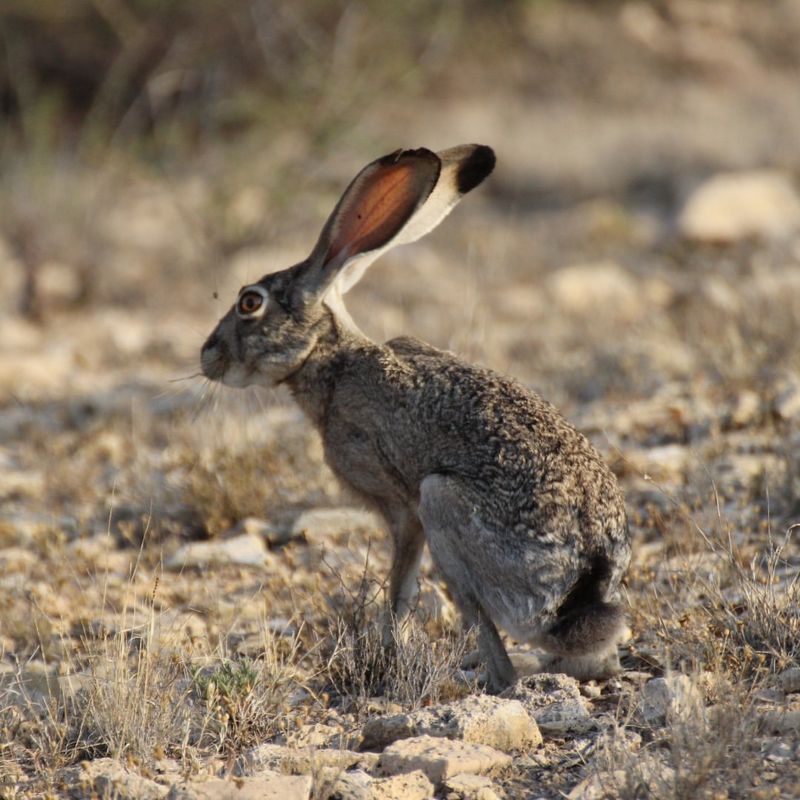
The Black-tailed Jackrabbit, with its long ears and powerful hind legs, is a common sight in the open areas of the Grand Canyon. These hares are known for their incredible speed and agility.
Often seen during the cooler parts of the day, they feed on grasses and shrubs. Their large ears help regulate body temperature and detect predators from a distance.
Watching a Black-tailed Jackrabbit bound across the landscape is a thrilling experience, especially showcasing the adaptability and resilience of desert wildlife.
18. Ringtail
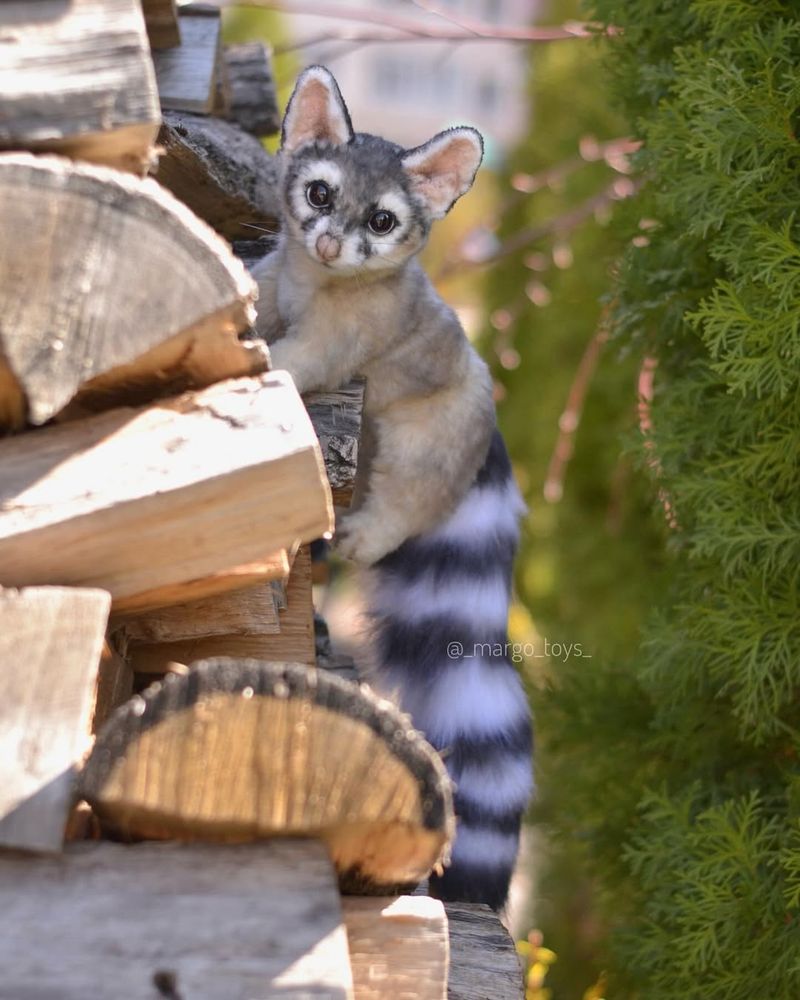
The elusive Ringtail, sometimes called the “miner’s cat,” is a nocturnal creature often spotted by lucky visitors exploring the Grand Canyon at night. With their large eyes and long, striped tails, they are adept climbers.
Ringtails are solitary and secretive, making them a rare sight. They hunt small mammals and insects, contributing to the balance of the ecosystem.
Catching a glimpse of a Ringtail is a rare treat, offering insight into the mysterious nocturnal world of the canyon.
19. Collared Lizard
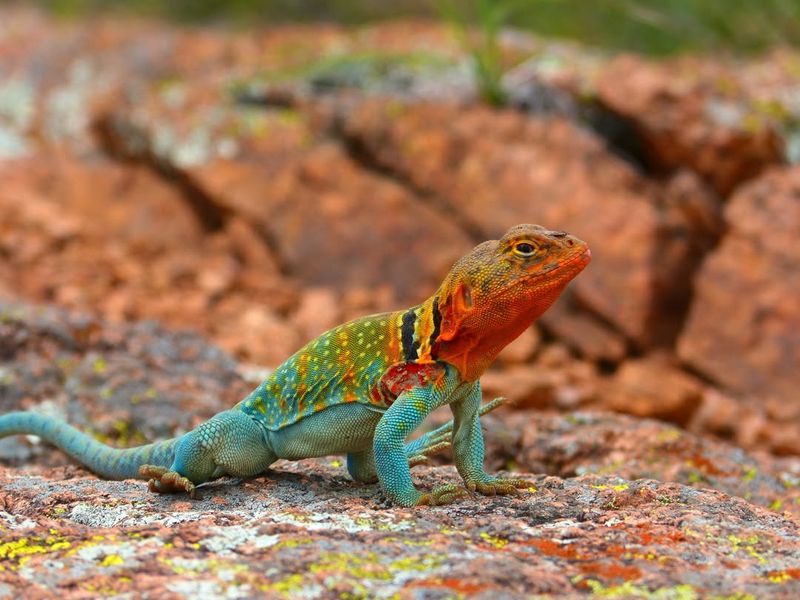
The Collared Lizard, with its bold color patterns and distinctive collars, is a striking inhabitant of the Grand Canyon. These lizards are often seen basking on rocks or darting swiftly across the ground.
They are skilled hunters, preying on insects and smaller reptiles. Their powerful hind legs enable them to run on two legs, a unique adaptation among lizards.
Observing a Collared Lizard in its natural habitat is a fascinating experience, highlighting the diverse adaptations of the canyon’s wildlife. Their presence truly adds color and life to the rocky desert landscape.
20. Pronghorn
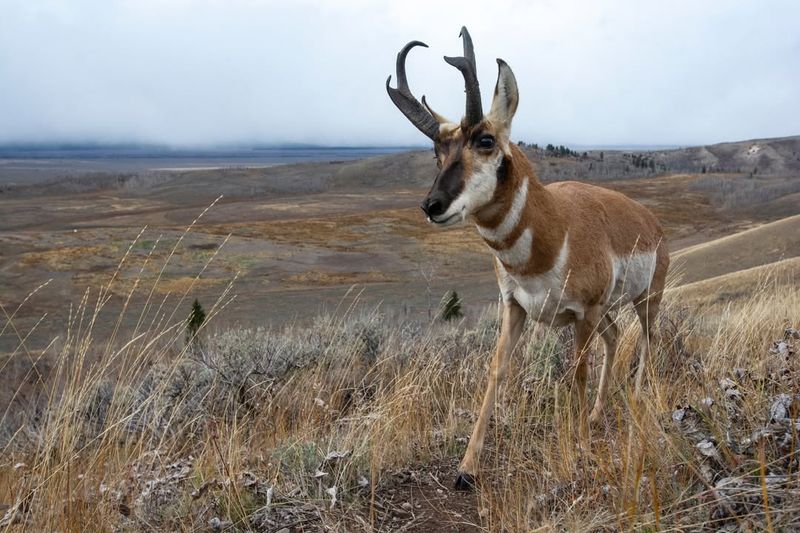
The Pronghorn, North America’s swiftest land animal, occasionally makes its way into the Grand Canyon area. With their distinctive horns and sleek bodies, they are built for speed.
Pronghorns are often seen in open grasslands, where their incredible speed can reach up to 60 miles per hour. They use this agility to escape predators.
Spotting a Pronghorn is a rare and exciting sight, offering a glimpse of the incredible adaptability and resilience of wildlife.
21. Golden Eagle
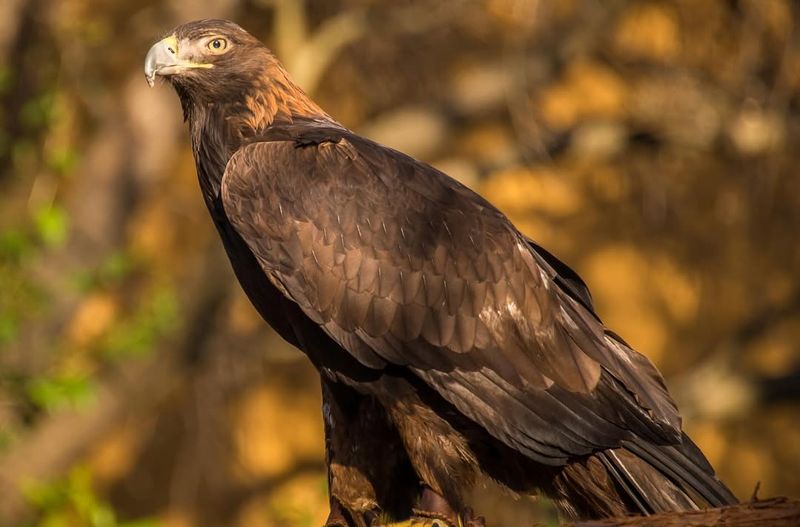
The Golden Eagle, a symbol of power and freedom, soars majestically over the Grand Canyon. With their impressive wingspan and keen eyesight, these eagles are formidable hunters.
Golden Eagles are often seen perched on high cliffs or soaring in search of prey. Their golden-brown plumage shimmers in the sunlight, making them a breathtaking sight against the canyon’s backdrop.
Spotting a Golden Eagle is an awe-inspiring experience, evoking the wild and untamed spirit of the Grand Canyon.
22. American Kestrel
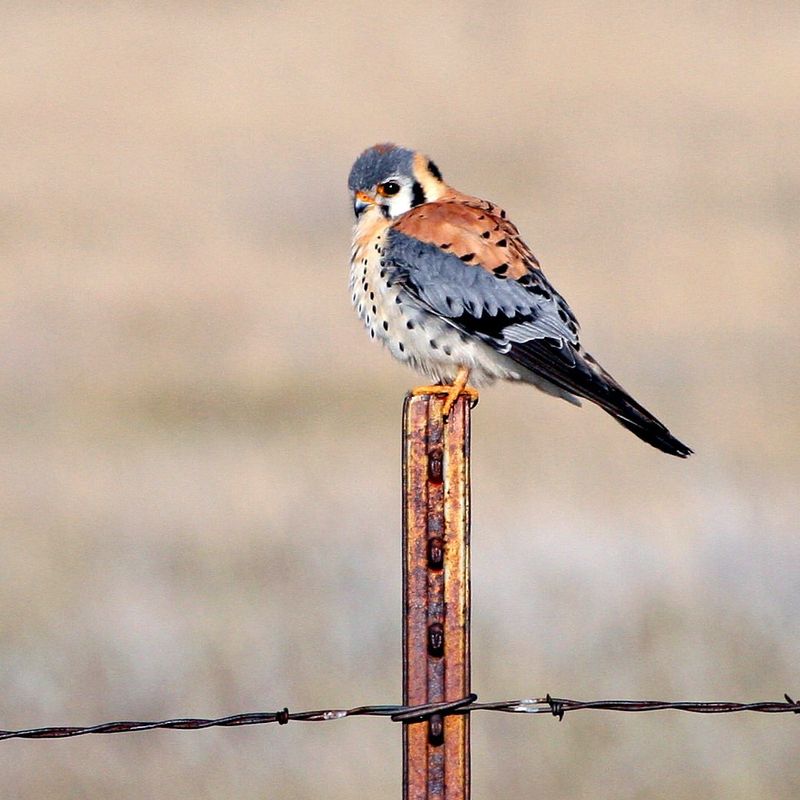
The American Kestrel, North America’s smallest falcon, is a vibrant and agile hunter seen around the Grand Canyon. With their striking colors and characteristic hovering flight, these birds are a delight to watch.
Often perched on branches or power lines, kestrels scout for insects and small animals. Their agility in flight and keen vision make them effective hunters. Observing an American Kestrel is truly a lifetime experience!
23. Antelope Squirrel
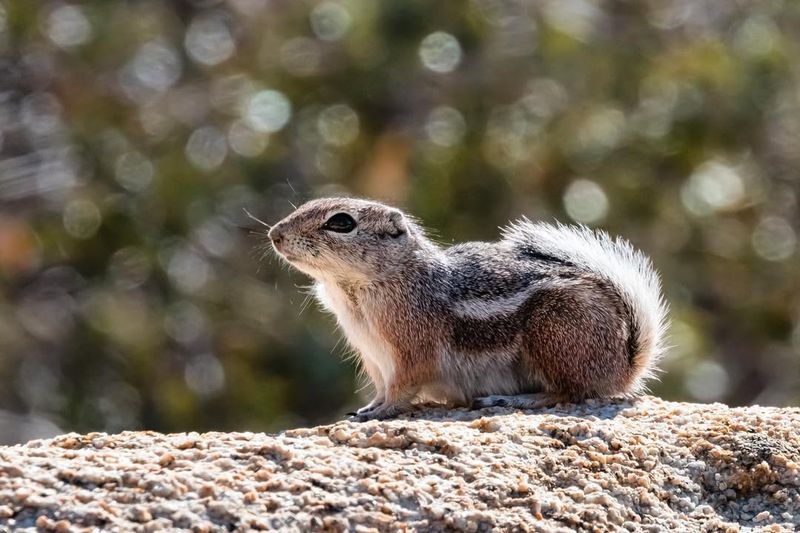
The Antelope Squirrel is a small, energetic mammal that thrives in the arid regions of the Grand Canyon. With their distinctive tails and lively behavior, they are a delight to spot.
These squirrels are often seen standing on their hind legs, scanning the surroundings for predators. They feed on seeds and insects, playing a crucial role in the desert ecosystem.
Watching an Antelope Squirrel navigate its rocky home is really something!
24. Gila Monster
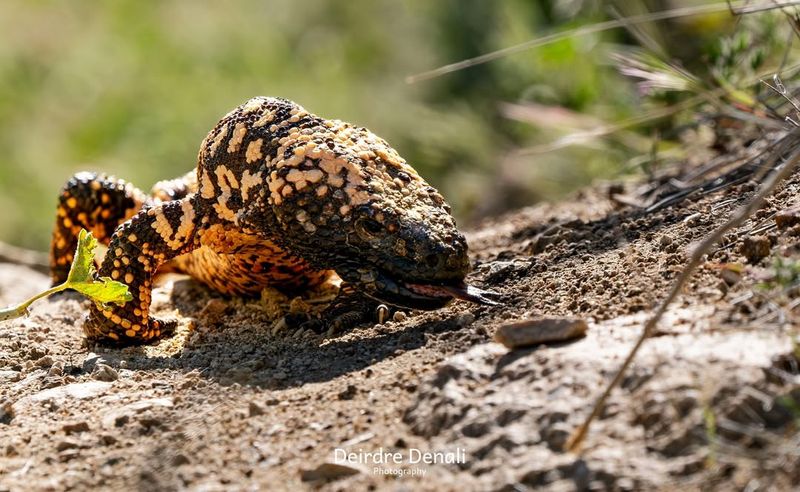
The Gila Monster, one of the few venomous lizards in the world, is a fascinating and rare resident of the Grand Canyon. With its beaded skin and vibrant markings, it is a creature of both beauty and intrigue.
These lizards are primarily active during the cooler parts of the day, often seen basking on rocks. They feed on eggs and small animals, using their venom as a means of subduing prey.
Spotting a Gila Monster is a rare and exciting experience, offering a glimpse into the diverse and sometimes dangerous world of the canyon’s wildlife. Seeing one is definitely on my bucket list!
25. Red-tailed Hawk
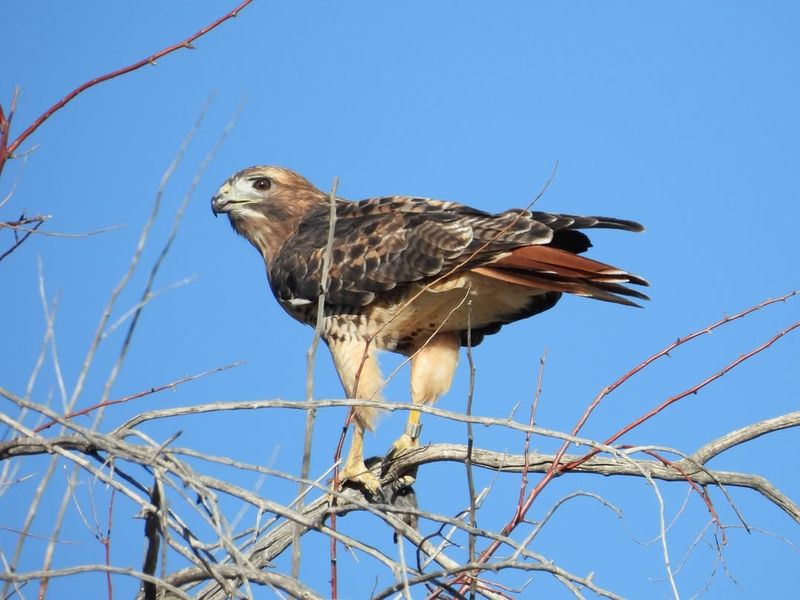
The Red-tailed Hawk is one of the most common and easily recognized birds of prey in the Grand Canyon. With their broad wings and distinctive red tails, they are a majestic sight soaring above the canyon.
These hawks are often seen perched on trees or cliffs, scanning the landscape for prey. Their keen eyesight and powerful talons make them formidable hunters.
Observing a Red-tailed Hawk in flight is a thrilling experience, embodying the wild and untamed spirit of the Grand Canyon.
26. Bobcat
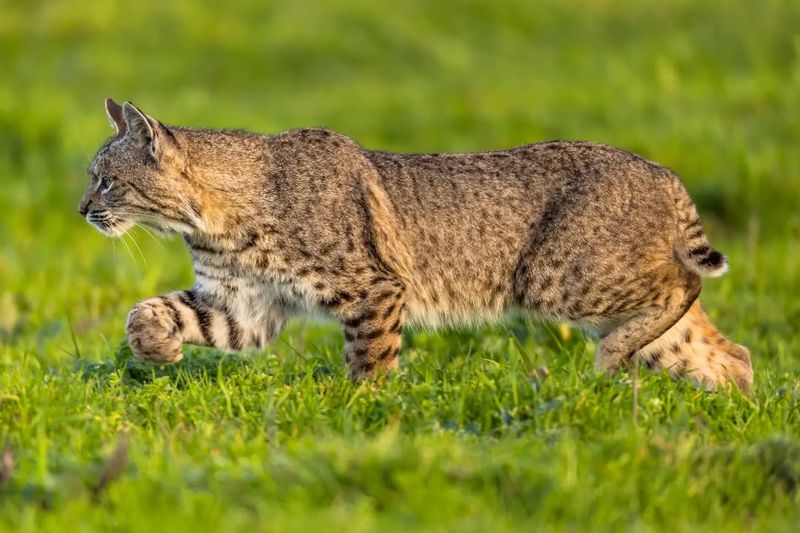
The Bobcat, with its tufted ears and spotted coat, is a stealthy predator patrolling the rugged terrain of the Grand Canyon. These solitary cats are masters of camouflage, making them elusive to spot.
Bobcats are primarily nocturnal, hunting rabbits and other small mammals under the cover of darkness. During the day, they rest in secluded areas or dens.
Encountering a Bobcat is a rare and electrifying experience, offering a glimpse into the secretive lives of these adaptable predators.
27. Long-nosed Leopard Lizard
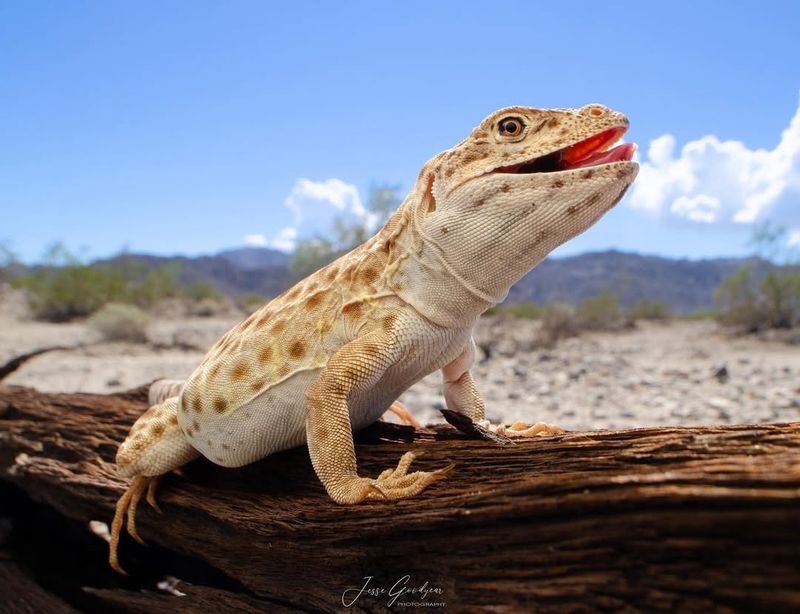
The Long-nosed Leopard Lizard is a striking reptile that inhabits the arid regions of the Grand Canyon. With their spotted patterns and agile movements, they are a captivating sight on sunlit rocks.
These lizards are skilled hunters, preying on insects and smaller lizards. Their long noses and slender bodies enable them to navigate the rocky terrain with ease.

